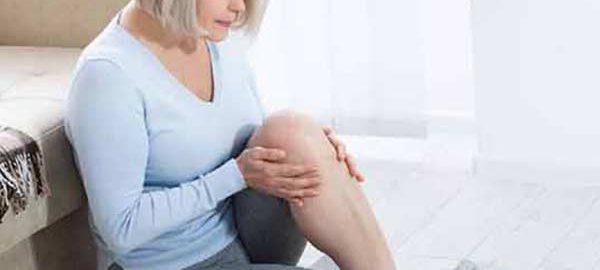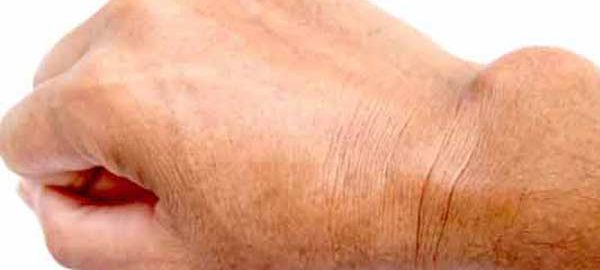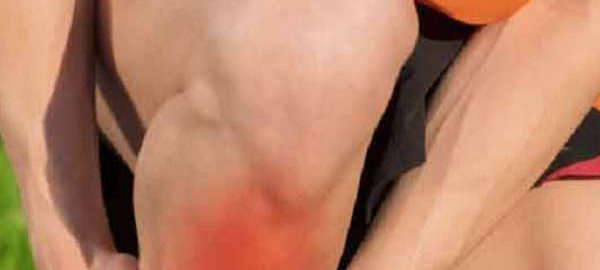The joint is a structure made up of bones, muscles, synovium, cartilage, and ligaments such as the knee, hip, wrist, or shoulder. They are the most important joints between the ends of the bones and allow the mobility of the skeleton.
The structures that allow this union are the joint capsule and the ligaments. Inside the capsule, the synovial membrane secretes a fluid, synovial fluid, which acts as a lubricant, facilitating the friction of the articulating bone ends. It is like oil for a car.
Another important component of the joints is the cartilage, which covers the articular bone surfaces and acts as a shock absorber in the movements of movement between them.
JOINT PAIN
Joint pain is the most common disorder affecting the musculoskeletal system. This type of pain can affect a single joint (monarticular) or several (polyarticular) and originate in the joint itself or outside of it, such as in a ligament, cartilage, tendon, or muscle.
The conditions that cause joint pain are osteoarthritis, arthritis, fibromyalgia, and gout, among others. Two of the best known are:
- Osteoarthritis: it is the wear of the cartilage of the joint and causes the bones to rub against each other. This causes pain and loss of flexibility. 10% of the Spanish population has osteoarthritis of the knee and 6% of the hand.
- Rheumatoid arthritis (RA): a chronic inflammatory joint disease, which causes joint destruction, deformity, and functional limitation.
HOW TO TAKE CARE OF THE JOINTS
According to orthopaedic in Delhi, Joint care is important at all ages since, as time passes, they lose their functionality. Keep these recommendations in mind:
- Be active. It is advisable to practice aerobic activities such as walking, swimming, and cycling. Exercises help keep the joint active and prevent muscle atrophy. You should exercise regularly and gently to avoid injury.
- Correct posture. Bad posture produces an uneven distribution of weight on the body. When sitting, your back should be straight and supported on a backrest. Avoid sinking chairs, a firm seat is better; feet must be firmly on the ground. Do not spend a long time standing or sitting, change your position from time to time. To pick up objects from the ground, do not bend your spine, but rather your knees.
- Control your weight. Excess weight will put stress on your joints, especially spine, knees, hips, and feet. Obesity increases the risk of osteoarthritis.
- Feeding. Try to maintain a balanced diet, containing fruits and vegetables. Seasonings like turmeric are proven to reduce inflammation, oranges have antioxidant effects and protect joints, the Mediterranean diet reduces pain and stiffness in those with rheumatoid arthritis, broccoli protects against arthritis pain, and ginger is anti-inflammatory and antioxidant.
- Avoid overload. Activities that generate extreme pain or exertion should be stopped or limited. Wear wide shoes, the insoles can be used to mitigate pain in the joints of the legs. Canes and crutches can also relieve pain, by unloading diseased joints, while preventing falls.
- Use assistive devices. To prevent falls, place handles on the walls, hallways, and bathrooms to facilitate holding. The taps should preferably be single lever. A trolley on wheels can allow the transport of various objects (daily groceries, dishes …) without making great efforts. In the bathroom, install non-slip floors, supports for the entry, and exit of the bathtub and toilet, plastic seats for the shower.
- Some compounds such as collagen and hyaluronic acid promote mobility.


